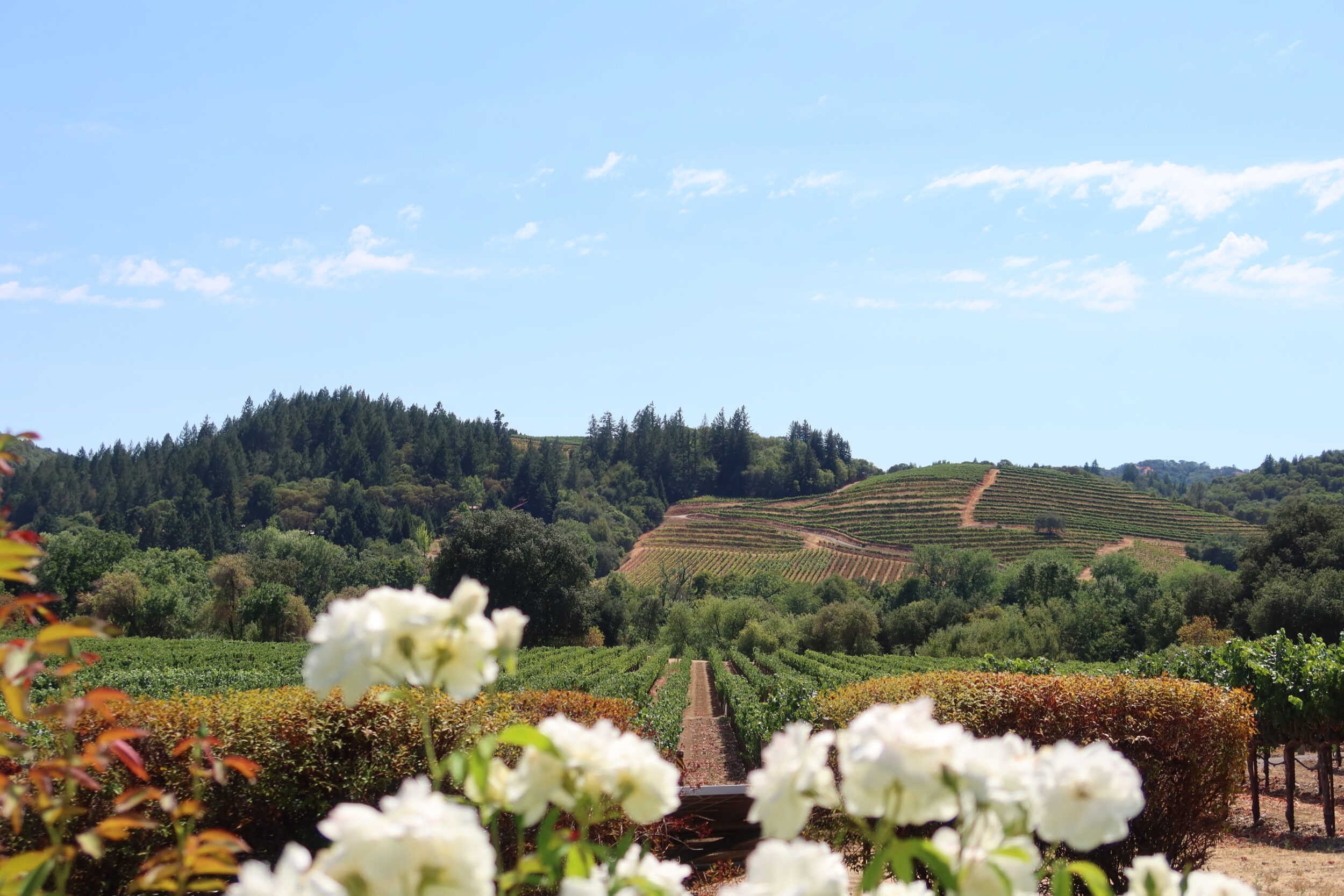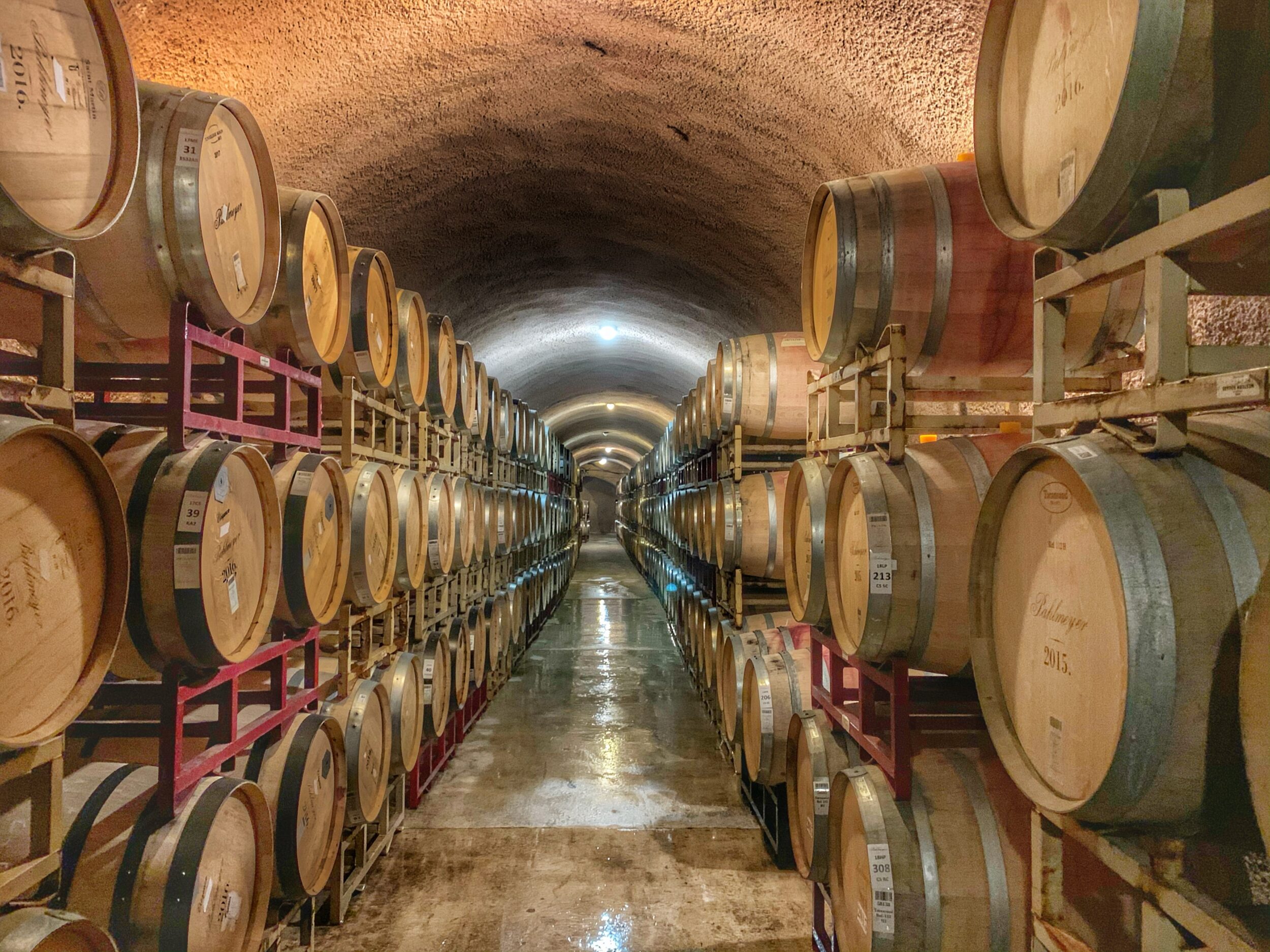Waterside Wines
Why are USA Napa Valley Wines Normally So Expensive?

Napa Valley, located in the heart of California wine country, is known for producing some of the world’s finest wines. However, one thing that often surprises people is the high price tag that comes with many Napa Valley wines. So, why are these wines so expensive? Let’s explore some of the reasons.
Ideal Climate and Soil
Firstly, Napa Valley is known for its ideal climate and soil conditions for grape growing. The region’s warm and sunny days, combined with cool nights and consistent breezes, create perfect conditions for grapes to thrive. The soils in Napa Valley are also incredibly diverse, ranging from volcanic soils to alluvial soils. This diversity allows winemakers to produce a wide variety of wines with unique flavours and characteristics. However, these ideal conditions come at a cost. The high land values and the cost of water and other resources make it expensive to grow grapes in Napa Valley.

Exclusive Releases
Secondly, Napa Valley wines are often produced in limited quantities. Many of the wineries in Napa Valley are small, family-owned operations that produce only a few thousand cases of wine each year. This limited production can drive up the price of the wine, as it is more exclusive and in high demand. Additionally, the cost of aging and storing the wine can also contribute to the high price tag.

Labour-Intensive Production
Thirdly, the winemaking process in Napa Valley is often very labour-intensive and requires skilled workers. Many of the wineries in Napa Valley use traditional winemaking techniques, which can be time-consuming and require a lot of manual labour. For example, some wineries still use hand harvesting and sorting, which is more expensive than machine harvesting. Additionally, many wineries in Napa Valley hire experienced winemakers, who are in high demand and command high salaries.
Marketing and Branding
Finally, marketing and branding also play a role in the high price of Napa Valley wines. Many wineries in Napa Valley have invested heavily in building their brand and reputation. This includes hiring top-notch marketing and public relations teams, as well as investing in beautiful tasting rooms and events. All of these efforts can help create a perception of exclusivity and luxury, which can justify the high price of the wine.
In conclusion, Napa Valley wines are often expensive due to a combination of factors, including ideal growing conditions, limited production, labor-intensive winemaking, and marketing and branding efforts. While the high price tag may be a barrier for some, many wine enthusiasts are willing to pay a premium for the unique flavors and experiences that Napa Valley wines offer.
